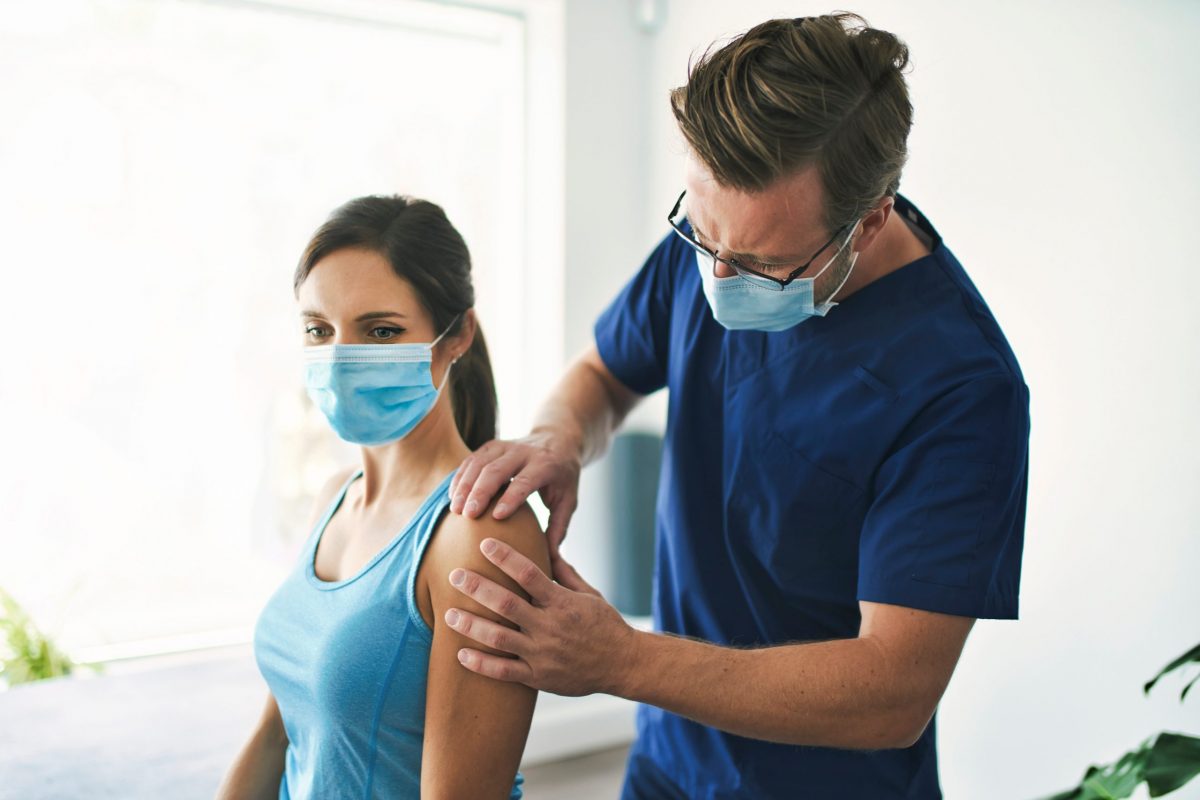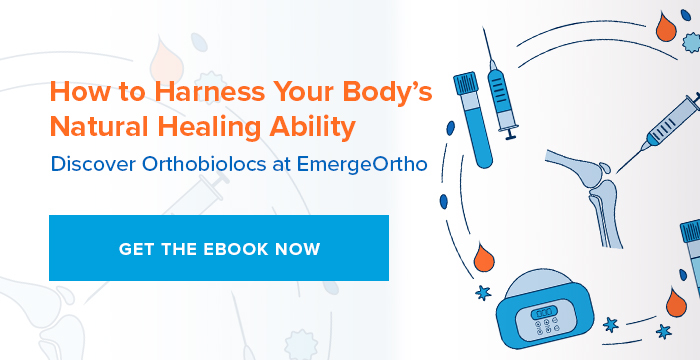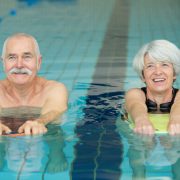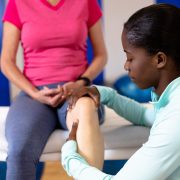
Many people have at least heard of platelet-rich plasma or “PRP” therapy, largely in part of its use by celebrity athletes such as Tiger Woods, Rafael Nadal, and Hines Ward. The appeal of platelet-rich plasma therapy is that it uses the body’s own healing mechanisms, making it a less-invasive treatment approach. What may be less understood, however, is exactly how platelet injections work to heal sports-related (and other) types of injuries.
At EmergeOrtho—Triangle Region, we have an entire subspecialty orthobiologics
orthopedic team dedicated to healing injuries and conditions utilizing PRP therapy, and other regenerative medicine approaches. And, we take pride and pleasure in providing patient-centered care and educational resources—including an overview of how PRP therapy works.
A Closer Look at How the PRP Injection Procedure Works
 Earlier, we mentioned that PRP treatments help heal certain injuries and conditions using the body’s own “healing mechanisms.” But, what exactly does that mean? To get the answer, we turn our attention to one of our body’s most precious attributes—blood. Everyone’s blood consists of red and white cells—and platelets. Platelets are not only responsible for clotting blood, but also for producing “growth factors.”
Earlier, we mentioned that PRP treatments help heal certain injuries and conditions using the body’s own “healing mechanisms.” But, what exactly does that mean? To get the answer, we turn our attention to one of our body’s most precious attributes—blood. Everyone’s blood consists of red and white cells—and platelets. Platelets are not only responsible for clotting blood, but also for producing “growth factors.”
Growth factors (healing mechanisms) are what your doctor extracts from your own blood source for PRP injections. In fact, when concentrated, platelets can be up to five to ten times greater, which is what makes them such powerful healing agents.
The process of extracting platelets includes the following steps:
- First, your orthopedic physician extracts a small sample of your blood
- Next, the platelets undergo centrifugation to separate them from the blood
- Last, your doctor injects the extracted healing platelets into the area of injury
Because PRP treatments are minimally-invasive, they can be applied to several types of sports injuries and orthopedic conditions. And, some surgeons also use PRP therapy during and after certain surgical procedures to promote healing and reduce pain.
Types of Injuries and Conditions PRP Can Address
Our EmergeOrtho—Triangle Region Orthobiologic Team utilizes PRP to help encourage the healing process and relieve pain for a variety of injuries and conditions, which include but not limited to:
- Achilles tendinopathy
- ACL reconstruction
- Cruciate ligament injuries
- Fractures
- Knee osteoarthritis
- Patellar tendinosis
- Plantar fasciitis
- Rotator cuff injuries
- Shoulder impingement
- Shoulder osteoarthritis
- Tennis elbow
Are you a Candidate for PRP Therapy?
The best way to know for sure if you qualify for platelet injections is to have a consultation with one of our orthobiologic specialists. With that said, some of the determining factors of whether you are a candidate for this type of approach, include:
- The type and severity of injury or condition you have
- Where the injury is located (on your body)
- Your overall health
How Effective are PRP Injections?
It is important to note that PRP treatments are still relatively new. This means that evidence-based research and studies continue to demonstrate PRP’s full uses and effectiveness. What has been revealed so far, however, is that PRP does produce promising results in many areas.
In 2018, the collective surveys completed by 46 professional and collegiate team physicians (ranging from the National Football League, National Basketball Association, Major League Baseball, National Hockey League, Major League Soccer, and the “Power 5” Division I conferences of the National Collegiate Athletic Association) revealed that:
- An estimated 93% of surveyed physicians utilized PRP in their practices
- An estimated 98% of surveyed physicians used PRP injections in an office setting
An additional study concluded that evidence supports that “injection technique of PRP appears to be of great clinical significance,” in ultrasound guidance in tendinopathy. Another published study concluded that PRP may benefit patients with knee osteoarthritis and lateral epicondylitis. And, a third publication discussed PRP leading to reduced pain in patients.
What we know of PRP’s success in addressing a wide range of orthopedic injuries and conditions is promising thus far, and from what we have witnessed firsthand, will continue to yield positive results for our patients, helping them Emerge Stronger. Healthier. Better.
To learn more, schedule an appointment now. Or, call us any time at (919) 220-5255.








